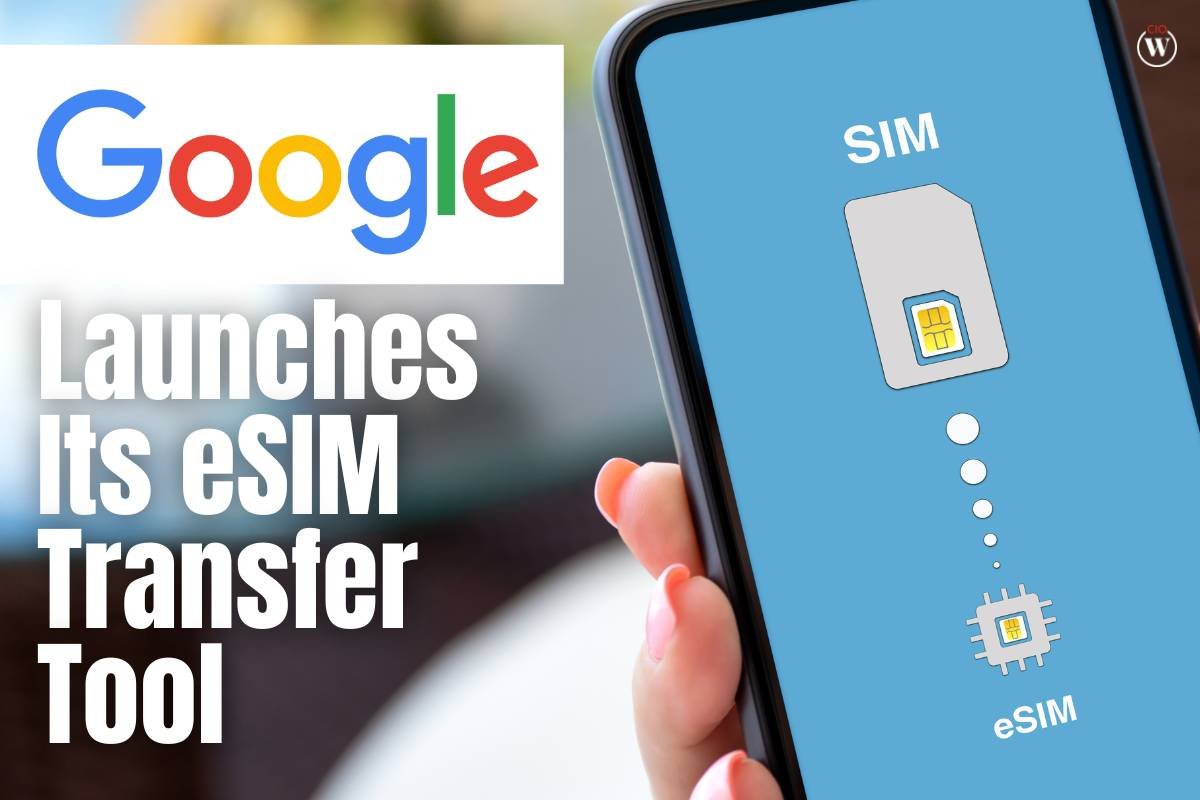In a significant move in 2022, Apple made waves in the smartphone industry by bidding adieu to the physical SIM card slot, propelling the adoption of embedded SIM cards (eSIMs) in the United States with its iPhone 14 series. Now google launches its eSIM migration tool, Although eSIM support had been gaining traction among the best Android phones, other manufacturers were yet to follow in Apple’s footsteps and eliminate the conventional SIM card slot. However, it seems that the demise of the SIM card slot is inevitable, with Apple taking a pioneering step toward an eSIM-centric future. But before this transformation becomes universal, the Android ecosystem needs to streamline its eSIM migration tool process to match Apple’s lead.
Google’s Promise and the Birth of the Pixel 8 eSIM Migration Tool
At the Mobile World Congress (MWC) 2023, Google pledged to address this issue, promising to provide a seamless solution to eSIM migration. True to their word, with the launch of the Pixel 8 series, Google introduced its new eSIM migration tool, which is now live. This tool brings a welcome change to the eSIM landscape.
Upon the initial setup of the Pixel 8, users will receive a prompt to migrate their existing eSIM from their current Pixel device to the new one. Traditionally, moving an eSIM from one device to another has been a convoluted process, often involving unregistering the eSIM from the old phone and then reactivating it on the new device. In some cases, users even had to reach out to their carrier for assistance. These complications have, in part, hindered the widespread adoption of eSIMs, mainly relying on device manufacturers’ initiatives. Google’s new eSIM migration tool promises to simplify this process, making it more accessible and user-friendly.
Potential Challenges and the Road Ahead
In addition to enabling seamless eSIM migration between Pixel devices, the new tool extends the option to convert a physical SIM card into an eSIM profile. However, like any emerging technology, there are some initial hiccups. Mishaal Rahman, an industry insider, notes that the migration tool may not function flawlessly across all device models and network operators, highlighting potential variability in user experiences.
It’s worth noting that Google is not the first player in the Android arena to introduce an eSIM migration tool. Samsung, for instance, already introduced a similar feature with One UI 5.1, allowing users to convert their physical SIM cards into eSIMs and broadening carrier support for eSIM transfers between compatible Galaxy devices.
The compatibility of Google’s eSIM migration tool with non-Pixel devices and iPhones remains uncertain. Additionally, the extent of carrier support for these transfers is still a question mark, with some operators possibly charging a nominal fee for the service.
As eSIM adoption continues to gain momentum among consumers, the process of transferring eSIMs between devices from various manufacturers is expected to become increasingly streamlined. Until then, those who prefer to err on the side of caution may want to stick with their physical SIM cards, or be prepared to face a few hurdles when transitioning to eSIM. For those seeking guidance, comprehensive instructions on activating an eSIM with major US carriers are available, offering assistance in navigating this evolving landscape.









